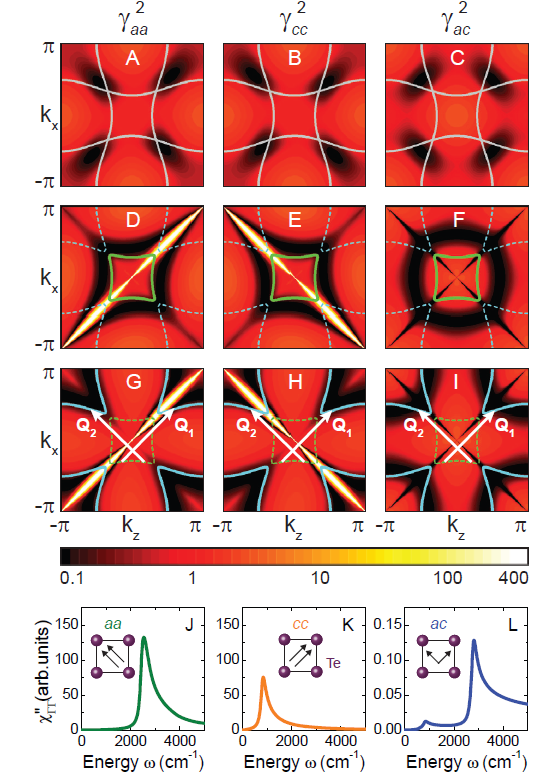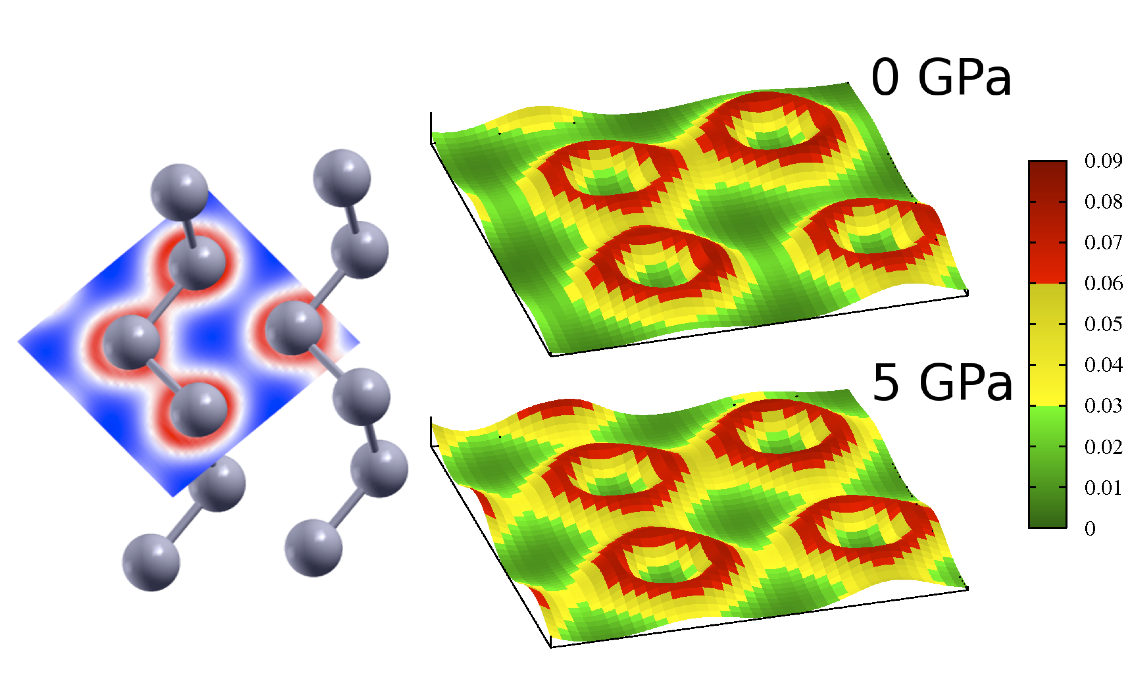Highlights 2012
An alternative route to charge density wave formation in multi-band systems
Charge and spin density waves, periodic modulations of the electron and magnetization densities, respectively, are among the most abundant and non-trivial low-temperature ordered phases in condensed matter. The ordering direction is widely believed to result from the Fermi surface topology. However, several recent studies indicate that this common view needs to be supplemented. We propose that an enhanced electron-lattice interaction can contribute to or even determine the selection of the ordering vector. A joint (Raman) experimental and theoretical study on the model charge density wave (CDW) system ErTe3 allows us to establish a relation between the selection rules of the electronic light scattering spectra and the enhanced electron-phonon coupling in the vicinity of band degeneracy points. This alternative proposal for CDW formation may be of general relevance for driving phase transitions into other broken-symmetry ground states, particularly in multi-band systems such as the iron based superconductors.
Related paper
High pressure crystalline phases of tellurium: a combined Raman and ab-initio study
Recent investigations of the pressure induced structural evolution in several elements (mostly Chalcogens and Halogens like S, Se, Te, I, and Br) have provided evidence for the onset of a high pressure incommensurately modulated lattice arrangement. These findings suggest the idea that the development of aperiodic structures is a common phenomenon in elemental systems under pressure. A high pressure Raman study of crystalline Te was combined with ab-initio Density Functional Theory (DFT) calculations to address the complexity of the phases. The DFT calculations well reproduce the experimental data, allowing for an accurate and systematic investigation of the microscopic modifications of both structural and electronic dynamics under lattice compression: the metallization transition is driven by an intra- to inter-chain charge transfer, which develops charge density bridge among adjacent chains.

